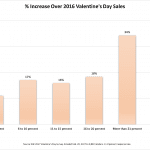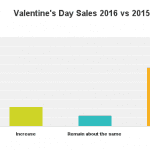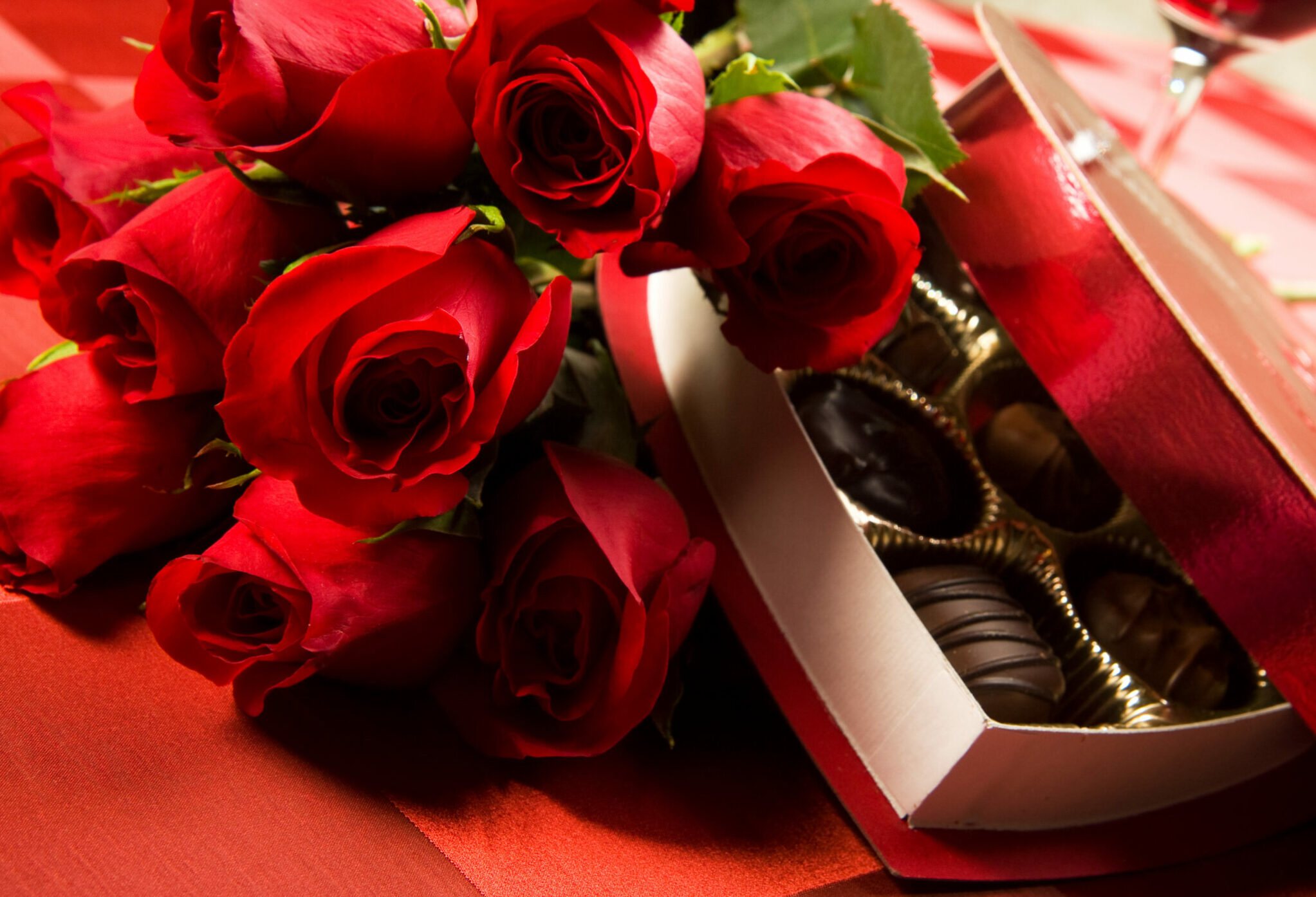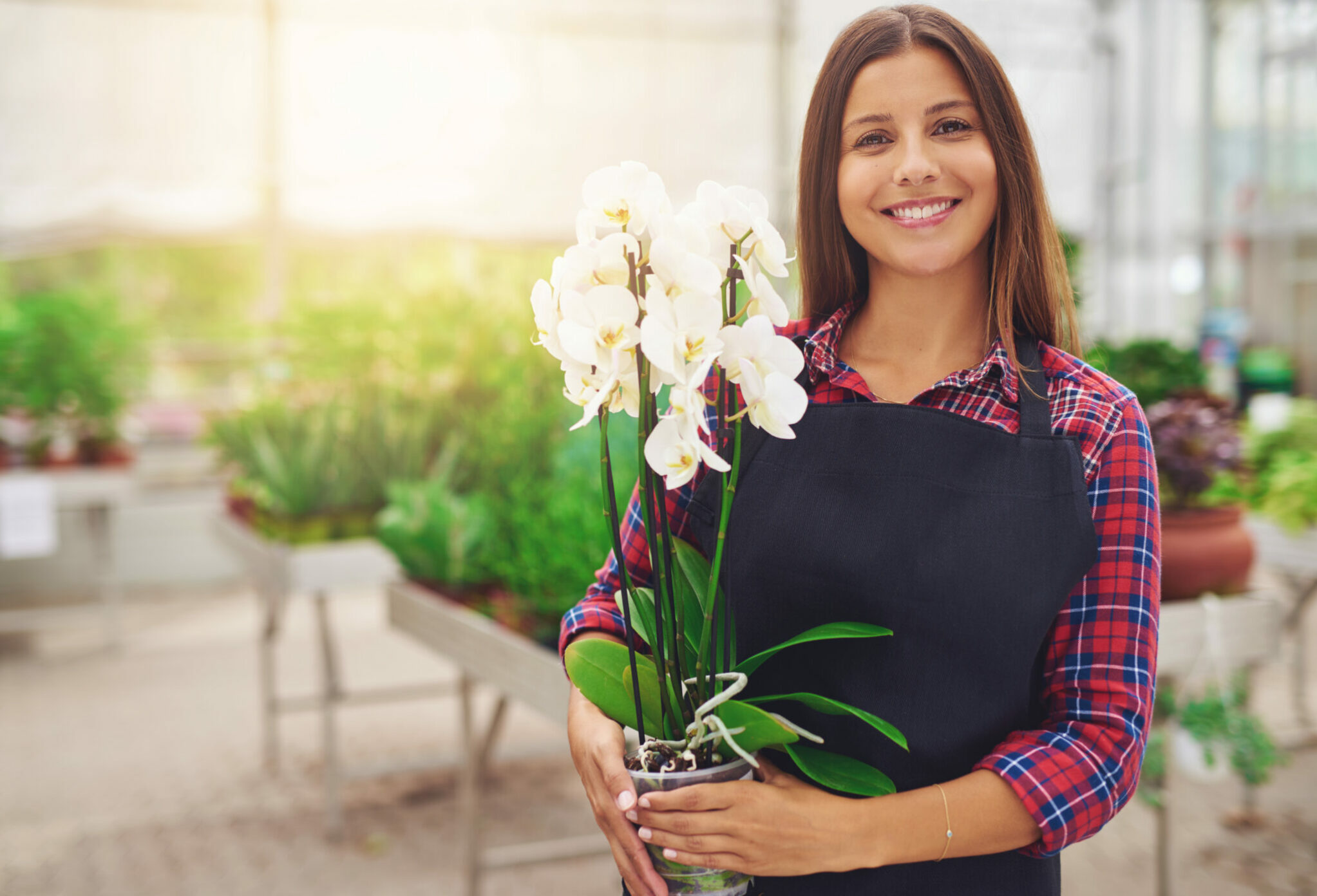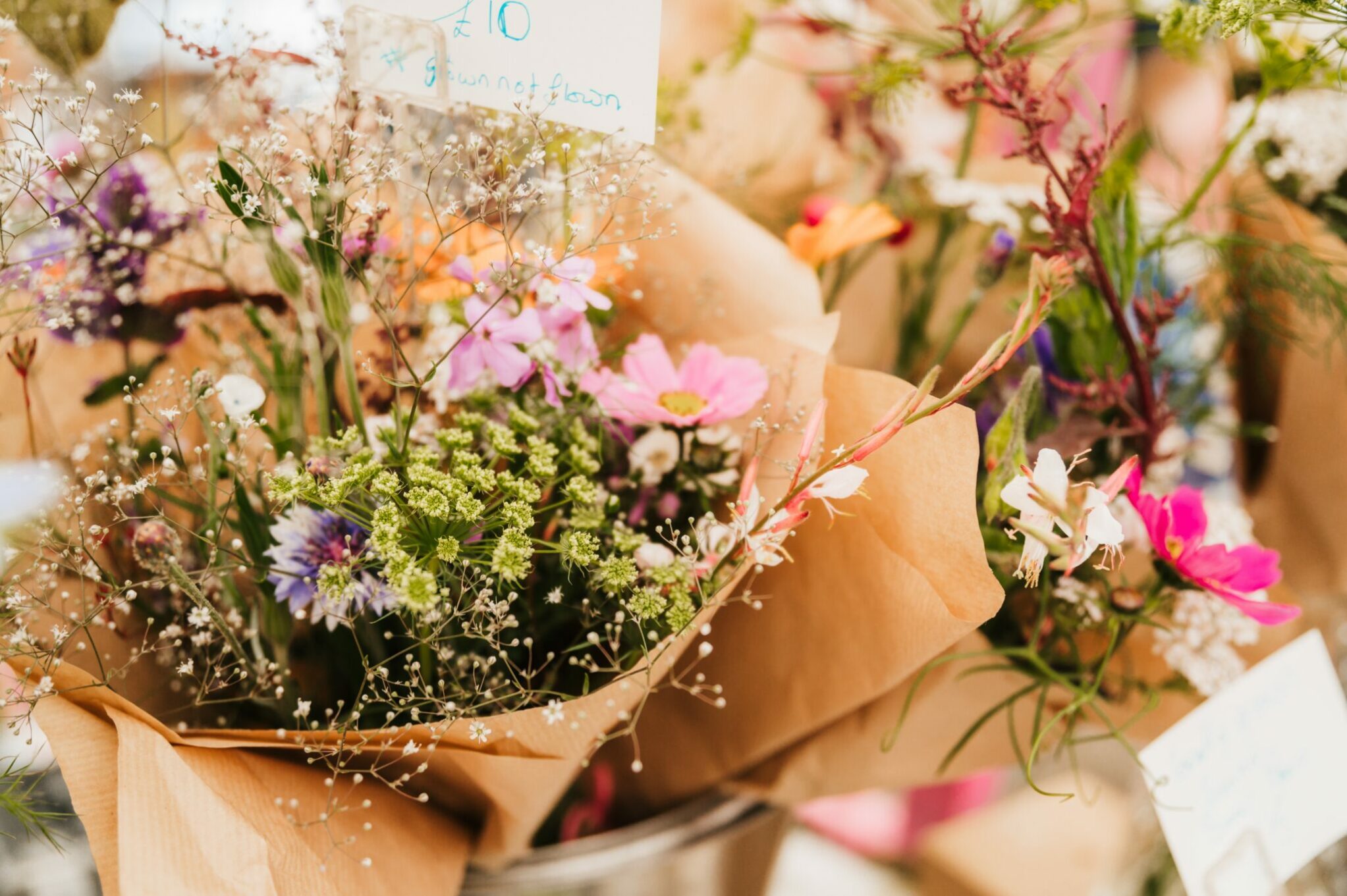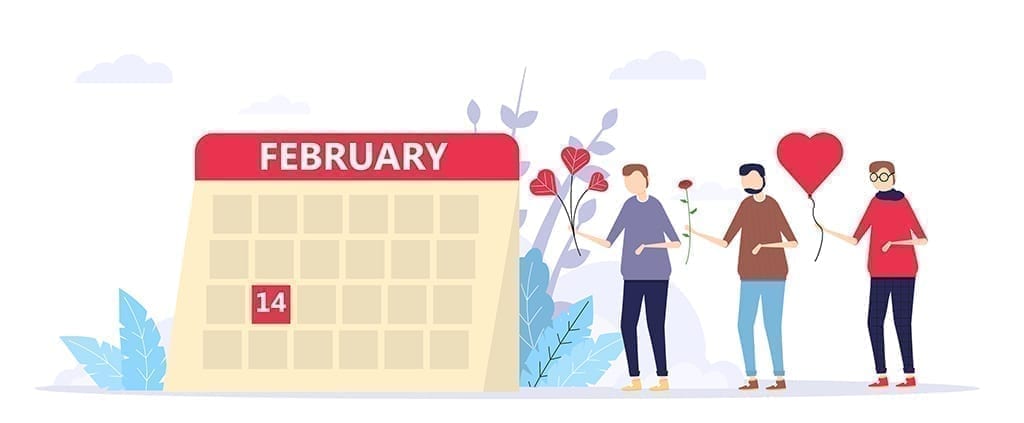
A Valentine’s Day consumer poll commissioned earlier this month by the Society of American Florists indicates a slight drop in the number of consumers who purchased holiday flowers and plants this year and a dip in overall spending — but also points to sales opportunities in key categories, including plants.
A quarter of American adults chose flowers or plants as a Valentine’s Day gift this year, according to the new Ipsos poll, conducted on behalf of SAF on February 18. The number is a small decrease from previous years — 28 percent in 2019 and 2018 and 29 percent in 2017 — and represents the latest data point the national trade association is using to benchmark this year’s Friday holiday.
The poll, which relied on a sample of 1,003 American adults, ages 18 and older, found that the median amount spent on flowers or plants for Valentine’s Day this year dropped to $30, compared to $40 in 2019, 2018 and 2017 and $30 in 2015. (SAF did not commission the survey in 2016.) The average (or mean) amount spent also decreased this year, to $58.90, after rising each year for four years: $70.20 in 2019; $69.40 in 2018; $58.70 in 2017; and $51.80 in 2015.
SAF CEO Kate Penn said the decreases could reflect Valentine’s Day timing this year — situated on the Friday of a three-day weekend this year, a positioning that is notoriously challenging for retail florists. (In 2014, the last time Valentine’s Day fell on a Friday, SAF’s consumer poll found that the median amount spent on flowers and plants was $40 — compared to $35 in 2013 — with about 23 percent of U.S. adults buying floral gifts for the holiday.)
Still, Penn noted, early “gut-check” responses from SAF volunteer leaders — reported on last week — seemed to indicate a stronger-than-expected holiday for many florists, and poll results do point to some growth areas, including plants: This year, 30 percent of Valentine’s Day floral shoppers bought plants — a number that is consistent with 2019 (29 percent), but an increase from 2018 (24 percent) and 2017 (19 percent).
“SAF is currently in the process of surveying its broader membership about holiday returns, so it will be interesting to see how the timing of Valentine’s Day affected the larger floral community and what other potential patterns we can draw out to help floral professionals better prepare for future holidays,” said Penn. (Look for results from that survey in the March 3 issue of SAF’s newsletter.)
Penn continued, saying that “what we are hearing anecdotally from SAF members is that many consumers were willing to spend money this year on flowers and plants, and in some cases to spend quite significantly. Particularly for florists who were able to optimize their websites, streamline processes, plan ahead and send proactive early delivery and order messages to customers, it seems to have been a strong holiday with high quality fresh products and few major challenges related to logistics or extreme weather.”
One facet of the holiday that the poll results make clear: Competition remains fierce, and consumers have no shortage of choices.
This year, supermarkets or grocery stores were again the most common venues for Valentine’s Day flower purchasing (51 percent). That result is slightly below last year and 2018’s 55 percent, but up from 2017 grocery store purchasing (46 percent).
Retail florists were the second most used venue to purchase flowers, where one-third of Valentine’s Day buyers made their flower purchases — a result that is similar to findings in 2019 and 2018 (both 35 percent) and also 2017 (36 percent). Mass merchandisers (13 percent); national companies, described to participants as “national toll-free floral services” and “national internet floral services” (20 percent); street vendors (2 percent); and convenience stores (2 percent) round out the venue mix. This year, consumers spent more money on flowers from the national internet floral service providers ($69.60 median) than they did at retail florists ($50 median), mass merchandisers ($40 median) or grocery stores ($25 median).
The poll also found that men are more likely than women to say they purchased Valentine’s Day flowers from a retail florist (39 percent of men compared to 21 percent of women), while women were more likely than men to say they purchased Valentine’s Day flowers from the supermarket or grocery store (64 percent of women compared to 45 percent of men).
Other findings from the 2020 consumer pull include:
- Popular recipients include spouses, significant others and moms. Nearly half of Valentine’s Day flower purchasers (47 percent) bought flowers and plants for their spouse this year. Buyers also gave flowers to their significant others (24 percent) and mothers (22 percent). In terms of trends, it appears that fewer Valentine’s Day flower purchasers bought flowers for their spouse this year than in 2019 (52 percent) or 2018 (63 percent); however, the number of Valentine’s Day flower purchasers who bought for their significant other and mother was similar to 2019 and 2018 (24 percent and 23 percent respectively for both years).
- Red roses (still) rule. This year’s poll also confirmed that red roses continue to be the most popular flower gift, purchased by 61 percent of those who bought Valentine’s Day flowers this year. That result tracks closely with polls from recent years. After red, the next most popular colors for Valentine’s Day roses are pink (28 percent) and white (26 percent). Overall, 78 percent of those who bought flowers for this year’s Valentine’s Day purchased roses. This is less than the 84 percent of flower purchasers who bought roses for Valentine’s Day in 2019 and 2018, and represents a decrease dating back toward the 83 percent who bought roses for Valentine’s Day in 2017.
- Other floral gifts attract. Beyond roses, other types of floral gifts are also popular for Valentine’s Day: 36 percent said that they bought a single flower type other than roses (such as tulips, carnations, or lilies) and 40 percent said they bought a mixed variety of flowers. Those numbers track fairly closely with previous years.
Look for more holiday results in future SAF publications. Have a holiday story you want to share? Email mwestbrook@safnow.org.
Mary Westbrook is the editor in chief of Floral Management magazine.

